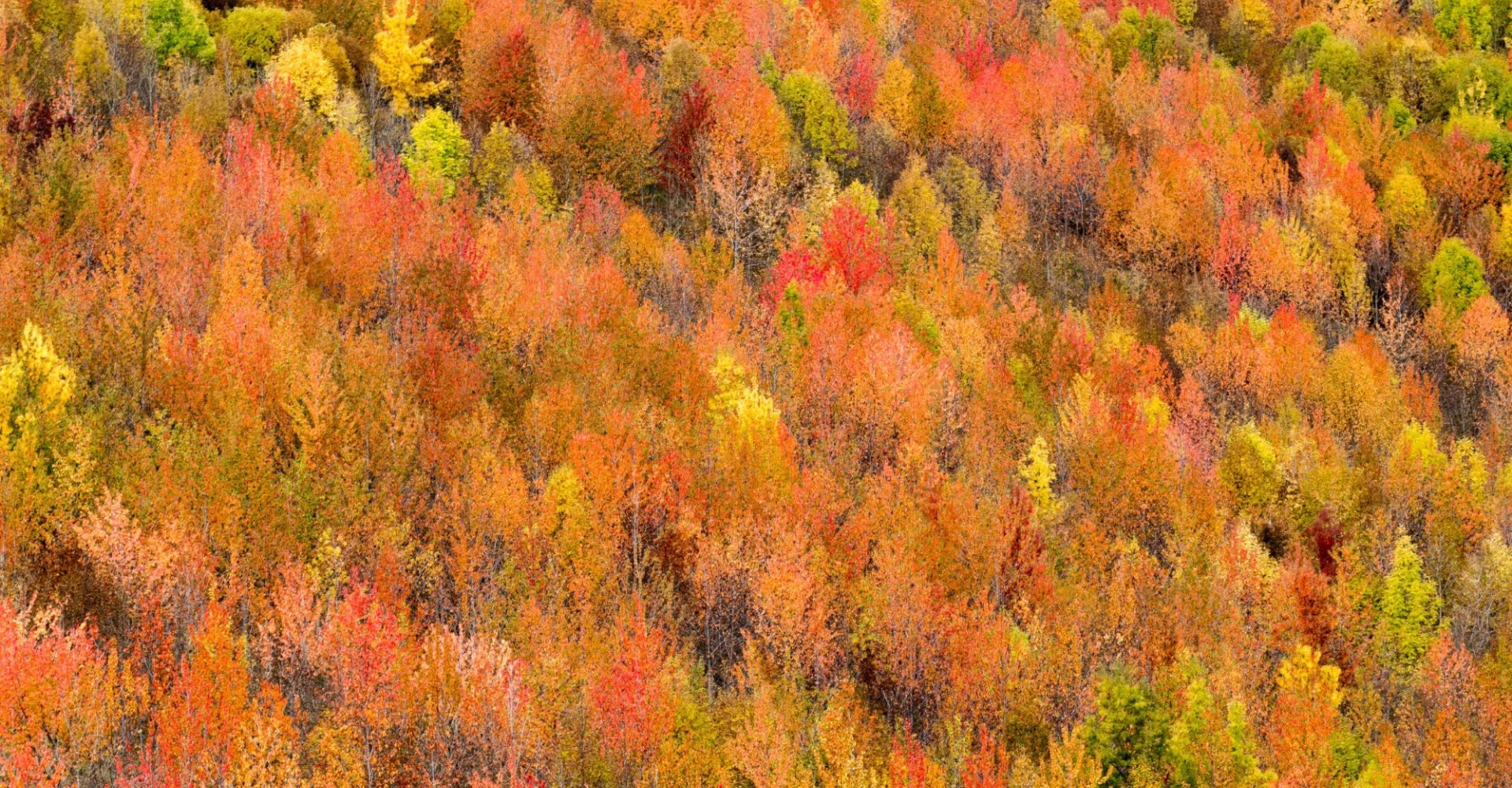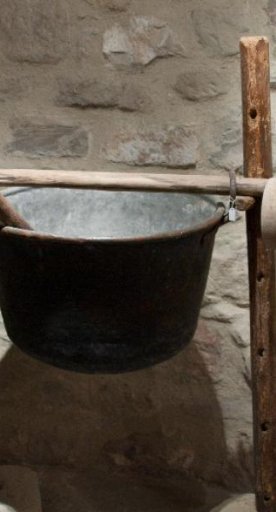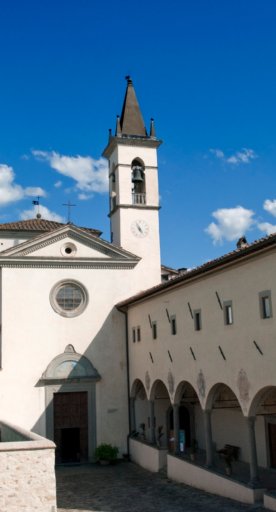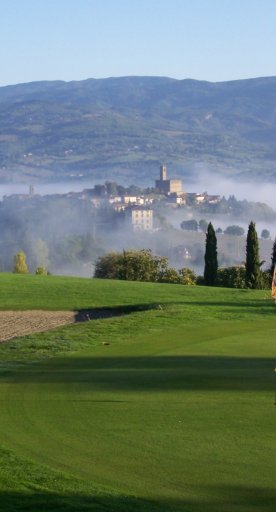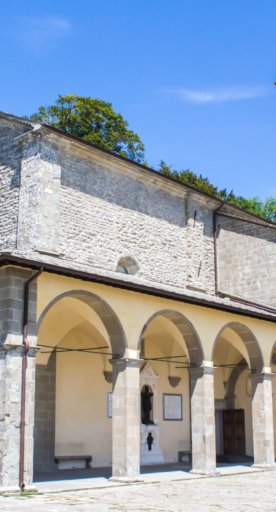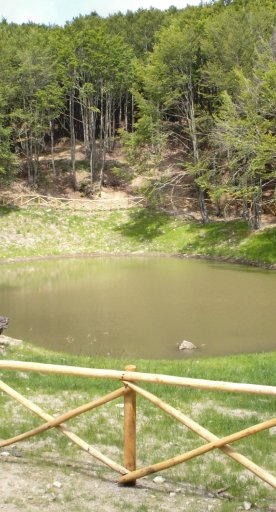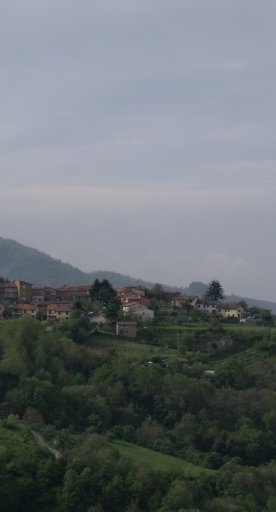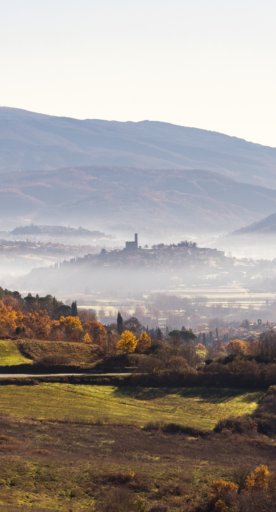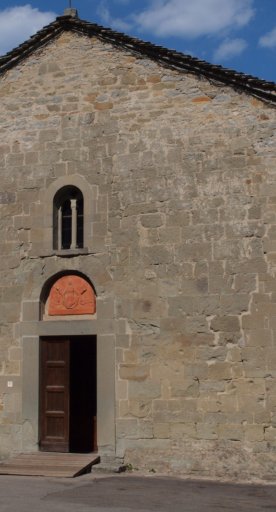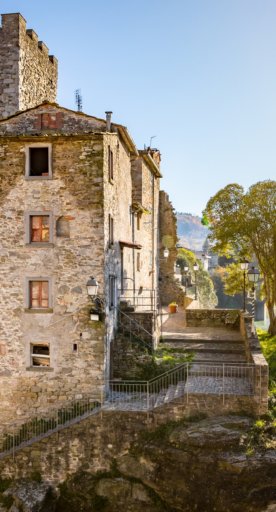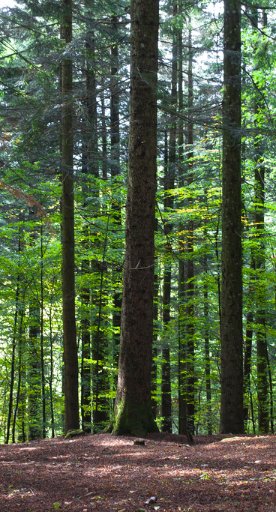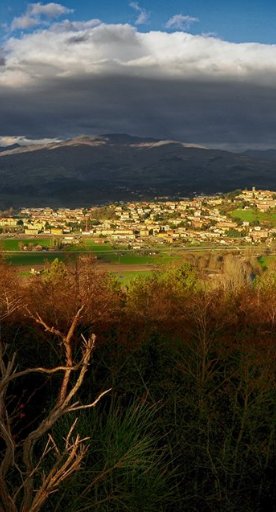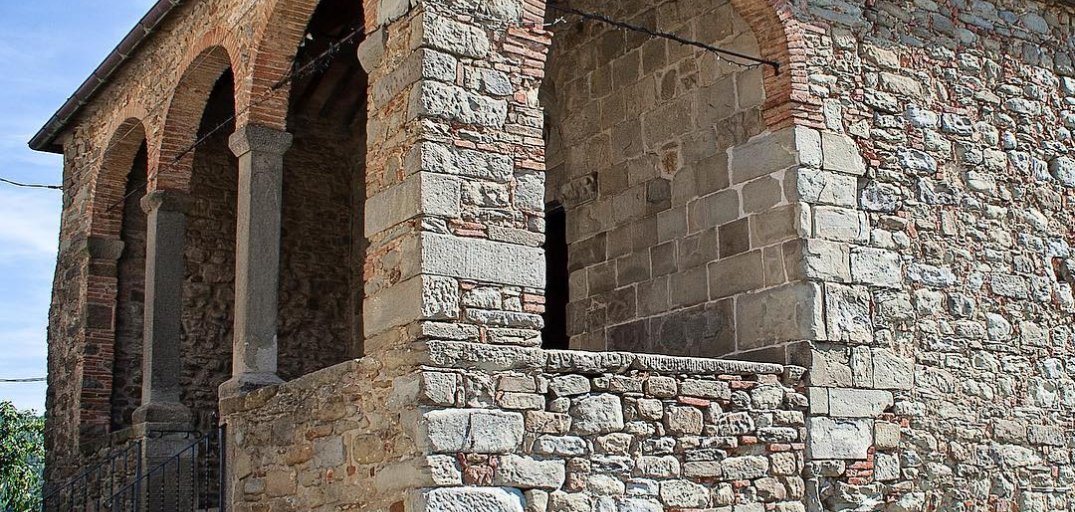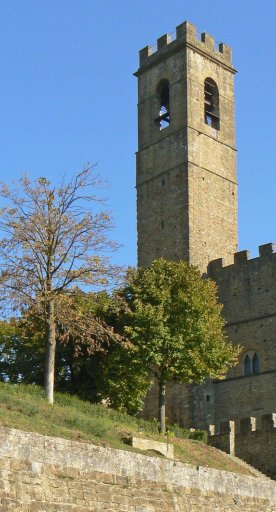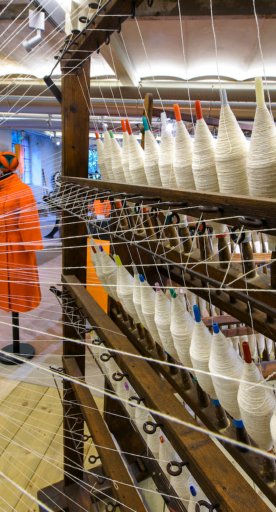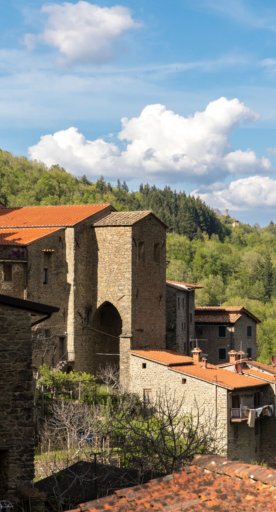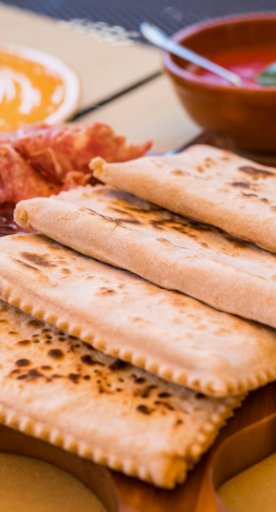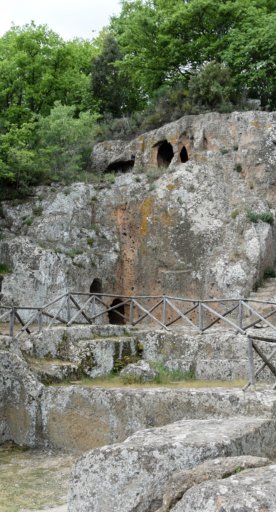Casentino
A forested valley surrounded by the Apennine Mountains and dotted with spiritually-significant places
A land of forests and monuments to the Christian faith, of profound silence and soul-stirring transformations, the Casentino inspires a spirit of meditation and reflection. Colours are everywhere, adding to the spiritual atmosphere of the forest. The Casentino is the highest part of the Arno Valley, enclosed on one side by the mountains of La Verna, Camaldoli and the Catenaia Alps, and on the other by the Pratomagno. With the Arno River weaving through it, Casentino brims with chestnut forests, beech, oaks and fir trees, all of which make up the natural wonders of the Foreste Casentinesi National Park. Two extremely important spiritual destinations are also here: Camaldoli, with its hermitage and monastery, and the Sanctuary of La Verna, where Saint Francis received the stigmata.
The history of this valley is connected to the Guidi counts of Poppi, who built castles not only in their native town but also in Romena, Porciano, Montemignaio and Castel San Niccolò. If we start our brief overview in Poppi, at its majestic castle, we will discover the Oratory of the Madonna del Morbo and the Abbey of San Fedele. In Pratovecchio, the birthplace of Paolo Uccello, the Propositura is worth visiting, as is the nearby Parish Church of San Pietro and the Romena castle. In Stia, quintessential sights are the porticoes lining the central walkway and the elegant Parish Church of Santa Maria Assunta, which houses extraordinarily beautiful works.
Lying against the hill overlooking the town is the imposing tower of the Porciano Castle. Also noteworthy are the parish churches of Sant’Ippolito and San Cassiano, the Church of San Lorenzo, decorated with terracotta works attributed to the Della Robbia family, the Oratory of the Sacre Stimmate and the town of Ortignano Raggiolo, where you can admire a lovely Romanesque parish church and the Chestnut Museum. Lastly, Castel San Niccolò and Montemignaio are two special examples of shielded villages built around castles, still perfectly preserved and open for visits.
The Casentino is a land of centuries-old traditions that still survive today thanks to artisan expertise: among the most famous is the “Casentino cloth,” a woollen cloth of unmistakable colours, such as classic orange and bottle green. Also worth noting are the traditions of wrought iron and carved stonework. Dig into the simple but tasty local dishes, rural recipes that reflect the tradition of transhumance, like scottiglia, a mixed meat stew, and acquacotta, a broth-based hot soup, as well as peasant dishes, like potato tortelli, and cheeses, prosciutto, honey and, of course, chestnuts.
